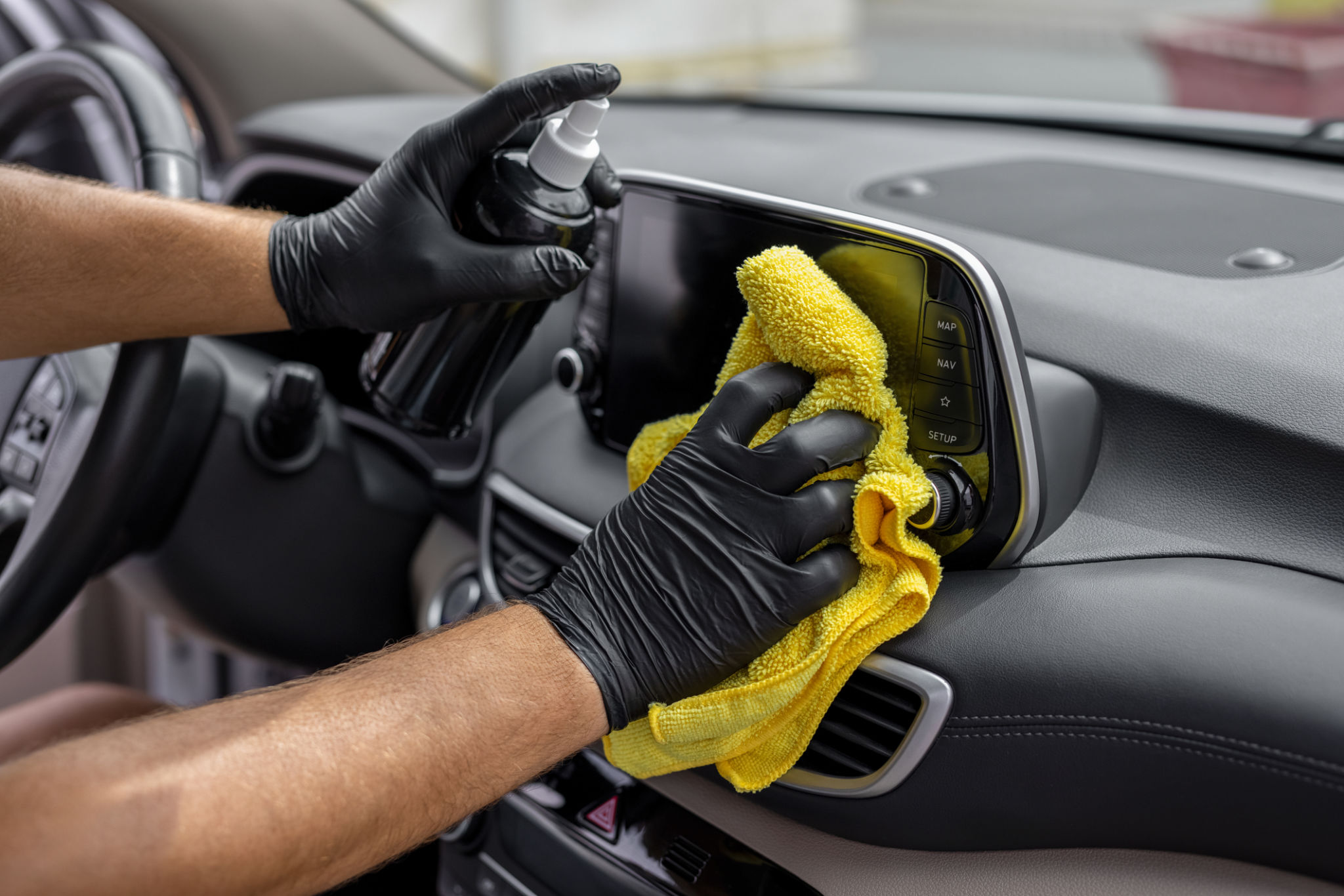Understanding the Ceramic Coating Process: What to Expect
Introduction to Ceramic Coating
Ceramic coating has gained popularity among car enthusiasts and everyday drivers for its ability to protect and enhance the appearance of vehicles. Understanding the ceramic coating process is essential if you're considering this treatment for your vehicle. This guide will walk you through what to expect, ensuring you have a clear picture of each step involved.
The primary purpose of ceramic coating is to provide a durable, protective layer that bonds with your vehicle's paint, offering a high-gloss finish and resistance to environmental contaminants. Let's dive into the details of this fascinating process.
Preparation and Assessment
The ceramic coating process begins with thorough preparation of the vehicle's surface. This step is critical as it ensures optimal bonding of the coating. Initially, a detailed assessment of the car's paintwork is conducted to identify any imperfections such as scratches, swirl marks, or oxidation.

Following the assessment, a comprehensive wash is performed to remove dirt, grime, and other contaminants from the surface. Decontamination is often done using clay bars to ensure the paint is free from embedded particles. Once clean, the vehicle is dried and ready for the next stage.
Paint Correction
Before applying the ceramic coating, any paint imperfections must be corrected. This step involves polishing the vehicle's surface to remove or reduce scratches and swirl marks. The goal is to achieve a smooth, flawless finish that allows the ceramic coating to adhere perfectly.
Depending on the condition of the paintwork, multiple stages of polishing might be required. This part of the process can be time-consuming but is crucial for achieving the best results.

Application of Ceramic Coating
With the surface prepared, the application of the ceramic coating can begin. The coating is carefully applied in small sections using an applicator pad. The technician ensures even coverage to prevent high spots and streaks.
Once applied, the coating needs time to bond with the paint. This curing period can vary depending on the product used but typically lasts a few hours. During this time, it's essential to avoid exposing the vehicle to water or other environmental elements.
Final Inspection and Curing
After application and initial curing, a thorough inspection is conducted to ensure that the coating has been applied evenly and no spots have been missed. Any necessary touch-ups are made at this stage to guarantee a uniform finish.

The final curing process can take several days, during which time the vehicle should be kept clean and dry. Full curing ensures maximum durability and effectiveness of the ceramic coating.
Benefits and Maintenance
The result of a professionally applied ceramic coating is a vehicle with enhanced gloss and superior protection against UV rays, chemicals, and minor abrasions. This coating makes cleaning your car easier, as dirt and grime struggle to adhere to the slick surface.
Regular maintenance is necessary to preserve the benefits of ceramic coating. It’s advisable to wash your car regularly using products recommended by your detailer and avoid harsh chemicals that could degrade the coating over time.
Conclusion
Understanding the ceramic coating process helps in appreciating both its complexity and its value. While it requires an investment of time and resources, the results speak for themselves in terms of aesthetic appeal and durability. Whether you're looking to protect a new car or rejuvenate an older vehicle, ceramic coating can be an excellent choice for long-lasting shine and protection.
